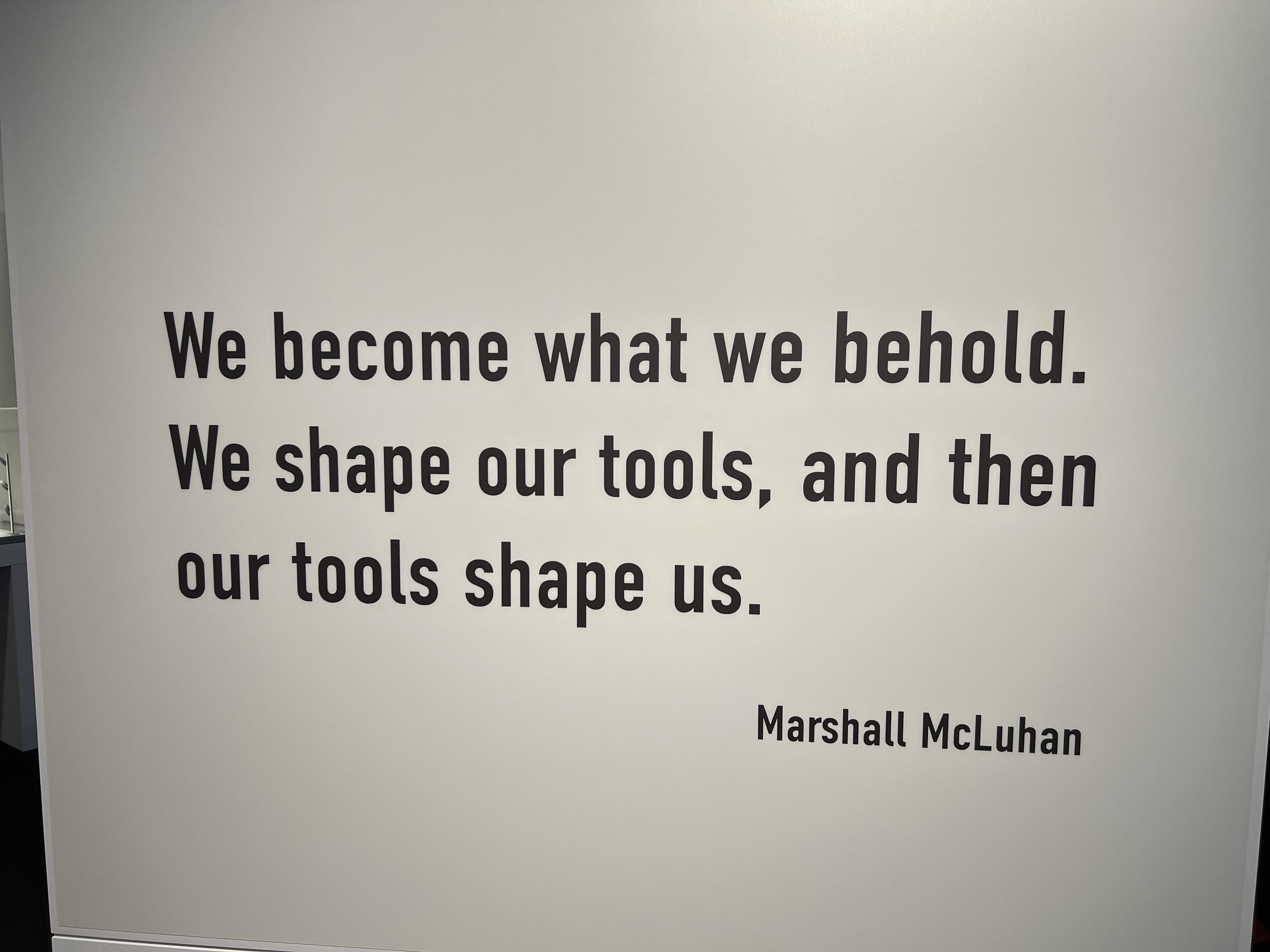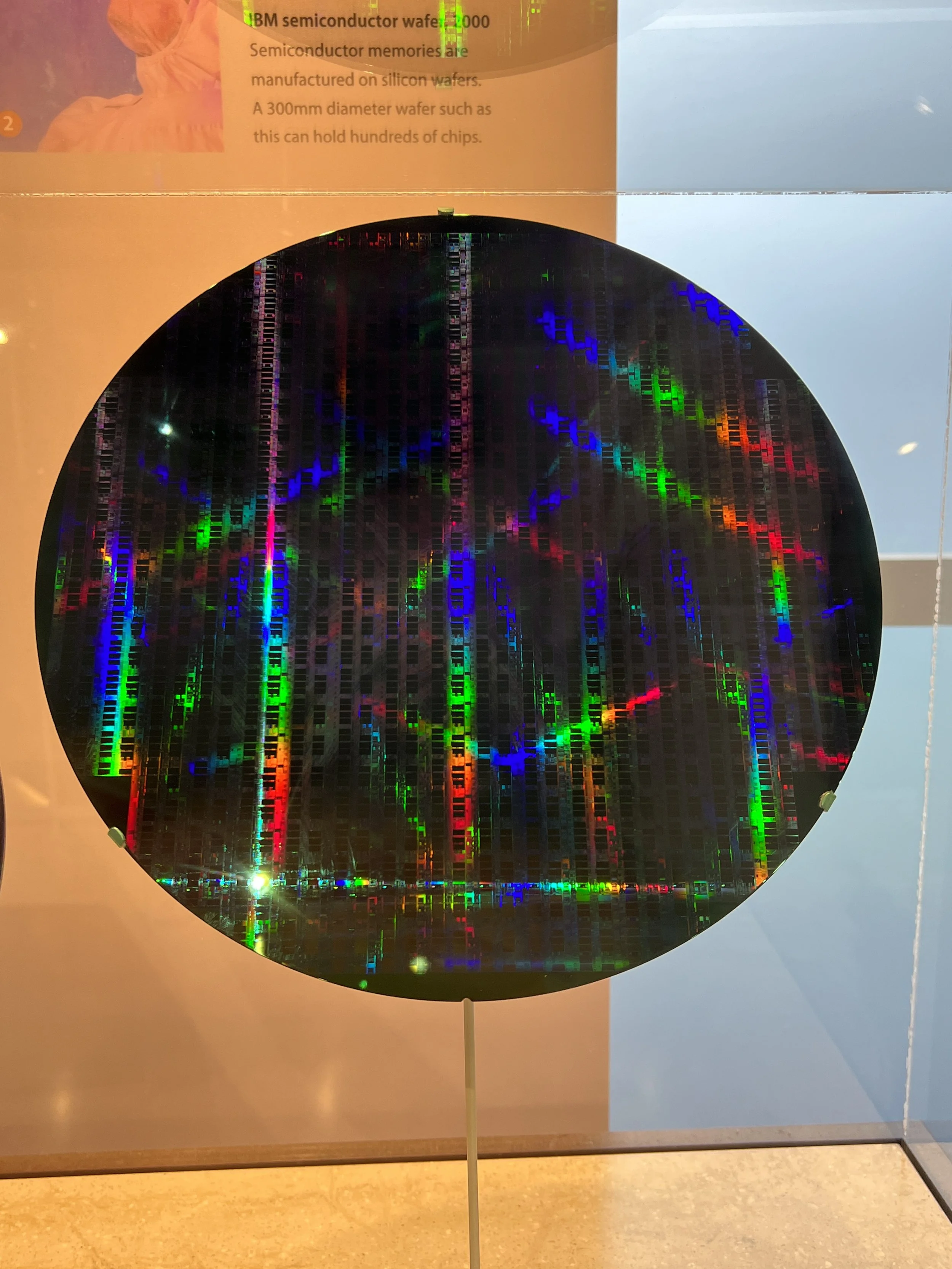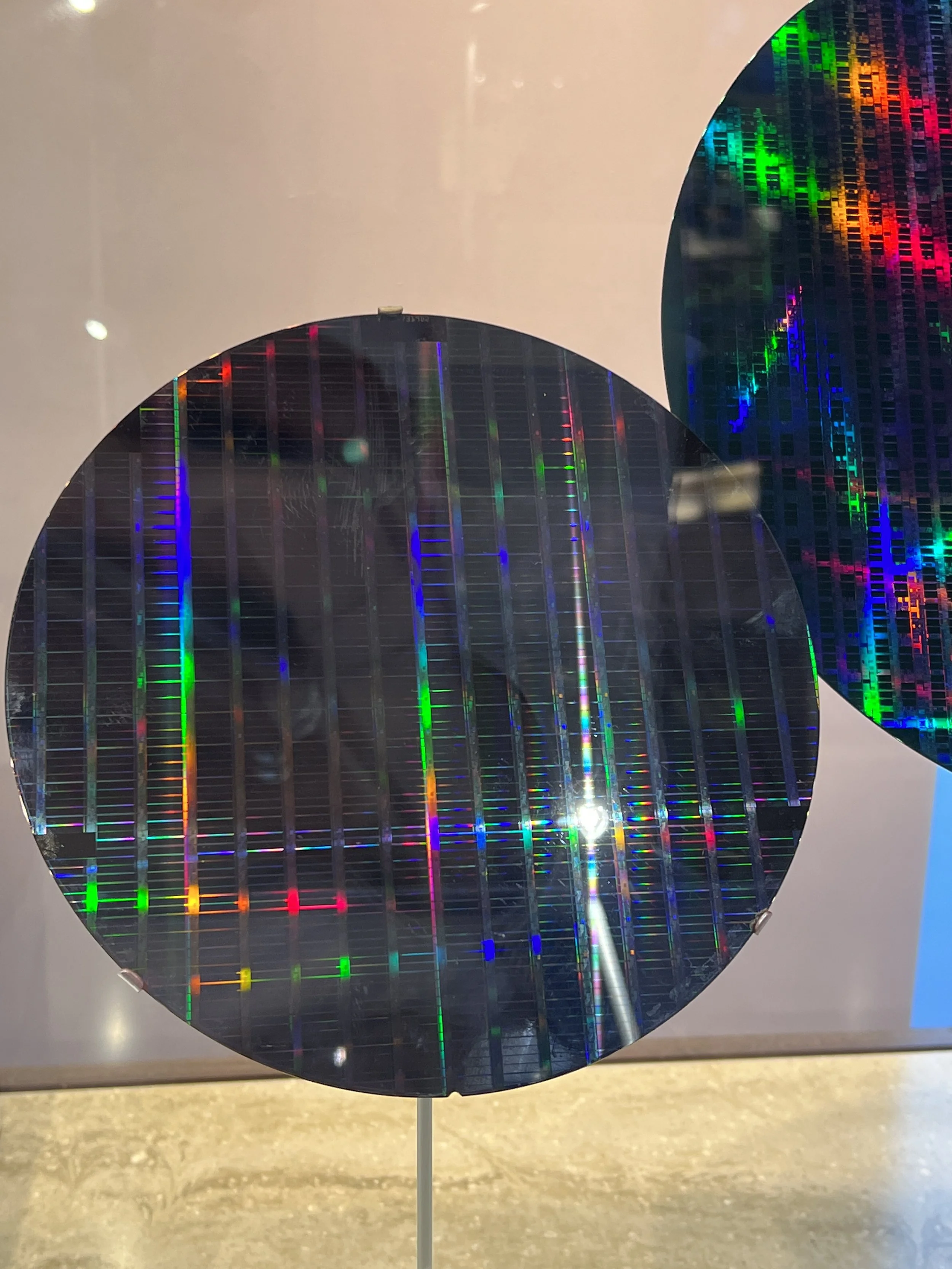Exploring the Computer History Museum: A Bridge between Past and Future
A photo taken by Dr. Tiffany Vora at the Computer History Museum in Mountain View, California.
What can we glean from technology and the history of computing to help us solve humanity’s grand challenges?
That was a question I pondered on from a recent visit to the Computer History Museum in Mountain View, California. As a scientist, speaker, and educator, I thought of sharing some snaps and insights from the visit:
It’s always eye-opening to see how far we’ve come in the field of computing. (Have you ever seen a Babbage computing machine? They’re truly astonishing.) And as we’ve seen just in the past few months, we’re only at the beginning of AI’s impact on the world.
💡 That’s why it’s so important to zoom out and consider how we got here and where we want to be going with AI and other exponential technologies. As these technologies accelerate, where are the important hinge points that favor particular outcomes in applications, social impact, and unintended consequences? In other words: what mindful decisions can we make today in order to raise the odds of achieving desired futures instead of Black Mirror-style dystopias?
Yes, the future is going to be radically different from the past—but the past still holds important lessons for us. Check out my previous blog post for a bit more about learning from the past when it comes to women in STEMM and tech.
💡 It’s important that we recognize the potential of today’s exponential technologies for solving humanity’s biggest challenges. At the same time, we need to have the humility to know that we have a long way to go as we wrestle with climate change, pandemics, and more.
As a scientist and educator, I believe that we urgently need to foster a powerful mindset: a bio- and tech-inspired mindset that motivates us to use these tools and our passions to create positive impact for the future(s) that we are excited to live in.
If you’re in the California area or if you’re planning a visit, I highly recommend a trip to the Computer History Museum. And wherever you may be, do take a look at the museums near you! It’s always a great choice to make the most of the educational opportunities around you.
About Tiffany
Dr. Tiffany Vora speaks, writes, and advises on how to harness technology to build the best possible future(s). She is an expert in biotech, health, & innovation.
For a full list of topics and collaboration opportunities, visit Tiffany’s Work Together webpage.
Get bio-inspiration and future-focused insights straight to your inbox by subscribing to her newsletter, Be Voracious. And be sure to follow Tiffany on LinkedIn, Instagram, Youtube, and X for conversations on building a better future.
Donate = Impact
After a 19-day voyage to Antarctica aboard The Island Sky in November 2023, Tiffany has many remarkable stories to share & a wealth of insights to catalyze a sustainable future.
You can support her ongoing journey by making a contribution through her donation page. Your support will spread positive impact around the world, empower Tiffany to protect time for impact-focused projects, and support logistical costs for pro bono events with students & nonprofits.








